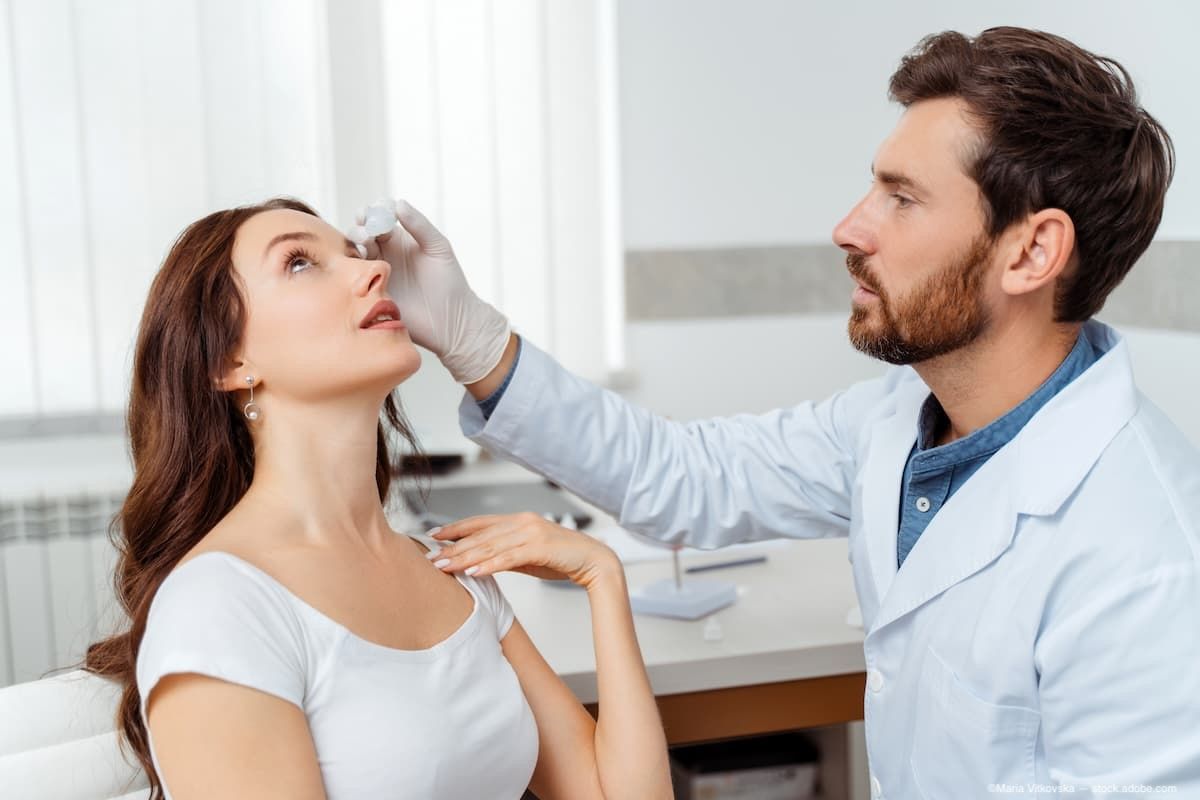Article
Vision care knowledge, practice varies by culture
Jacksonville, FL-A recent nationwide survey found gaps between vision care knowledge and behavior among certain ethnic groups, which could mean that those at greatest risk for some eye conditions are not seeking proper diagnosis and treatment.
Jacksonville, FL-A recent nationwide survey found gaps between vision care knowledge and behavior among certain ethnic groups, which could mean that those at greatest risk for some eye conditions are not seeking proper diagnosis and treatment.
The Americans' Attitudes and Perceptions About Vision Care telephone survey, conducted by Harris Interactive for the Vision Care Institute of Johnson & Johnson Vision Care Inc., included responses from 3,618 people identifying themselves as African American, Asian American, Caucasian, or Hispanic. Overall, 94% of respondents said that maintaining proper vision is a priority, and 74% said that taking care of their eyes is as important as other health issues such as diabetes and high blood pressure. Fourteen percent, however, said they do not have a regular eye-care professional, and 25% said it had been more than 2 years since their last eye exam. Additionally, 35% of respondents who are parents reported that they never had taken their children to an eye-care professional.
The survey found differences among the groups questioned.
More than one-fourth (27%) of respondents identifying themselves as Hispanic said they strongly agreed that they were very concerned about their vision deteriorating, compared with 15% of all respondents. The survey found that members of this group, however, were least likely to have reported seeing an eye-care professional in the previous year (43%).
Ninety-four percent of Asian-American respondents agreed that maintaining proper vision is important, but 36% said they don't need an eye exam unless they experience a vision problem. Also, those identifying themselves as Asian Americans were the least likely to have reported believing that vision correction would greatly improve activities such as driving, work performance, reading performance, and computer work.
Those identifying themselves as Caucasians were more likely to have reported knowing about specific eye conditions such as myopia (79%) and presbyopia (34%). Yet in this group, although 71% said they believed they should have their eyes examined at least annually, 25% said they had not visited an eye-care professional in the previous 2 years.
Ninety-eight percent of all respondents agreed that ultraviolet (UV) rays could damage their eyes, but 33% mistakenly believed that sunglasses alone could protect their eyes from UV damage. Caucasians were significantly more likely to have reported that they wear sunglasses (78%) than were Asian Americans (66%), Hispanics (65%), or African Americans (54%).
Dan Desrivieres, DO, president of the National Optometric Association, said that African Americans are five times more likely to have glaucoma, Hispanics are at the greatest risk for cataracts, and myopia is much more common among Asians than among other ethnic groups.
In addition to enabling the diagnosis and treatment of these conditions, a visit to an eye-care professional also "may help identify and lead to a diagnosis of other health concerns such as hypertension and diabetes," he said.





.png&w=3840&q=75)











